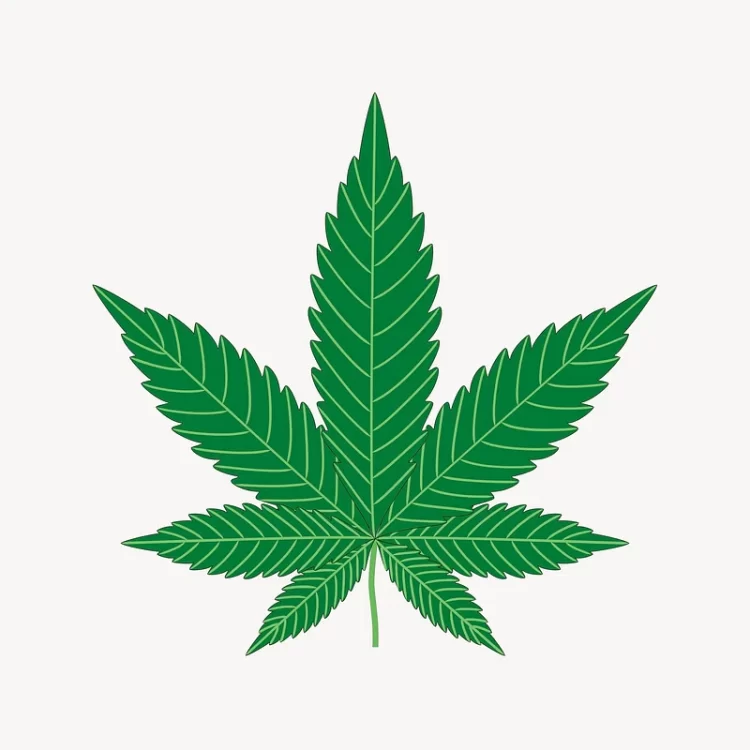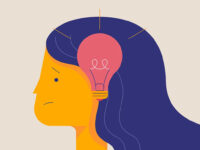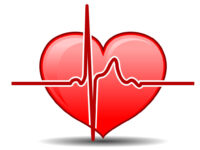THC, CBD, cannabis, weed, medical marijuana. The term “marijuana” is associated with a giant cloud of terms, but do we actually know the real definitions behind these buzzwords?
Marijuana and cannabis describe two different substances. Cannabis refers to a slew of chemical products originating from the Cannabis sativa plant. Marijuana, on the other hand, only refers to products of Cannabis sativa containing both cannabidiol (CBD) and high amounts of tetrahydrocannabinol (THC), which is what causes impaired function. CBD, commonly confused with THC, is a hemp-derived substance that does not cause any form of a “high.” Hemp is another type of Cannabis sativa; it has significant levels of CBD but a THC concentration of less than 0.3%. CBD has the potential to reduce anxiety and insomnia, as well as chronic pain and epileptic syndromes.
Marijuana has both recreational and medicinal uses today. As of September 2023, 23 states and Washington, D.C. have legalized marijuana for recreational use, while 38 states allow marijuana for medical purposes. It is important to note that the U.S. Food and Drug Administration (FDA) has not approved Cannabis sativa for medicinal use and has only approved drugs containing select cannabinoids. Cannabinoid-containing drugs can be used for alleviating some symptoms of epilepsy, chronic pain, or multiple sclerosis.
According to the National Institute on Drug Abuse, dronabinol and nabilone are two FDA-approved drugs for treating nausea stemming from chemotherapy. These medications are synthetically-based, meaning the cannabinoids are formulated by chemists in laboratories but originate from a natural product. Epidiolex, a liquid medication containing CBD, was also approved for severe cases of childhood epilepsy. Both Canada and the United Kingdom, have developed a neuropathic pain management drug, combining both CBD and THC, called Sativex.
From a scientific perspective, Cannabis sativa falls into the botanical class, which produces drugs with large quantities of active chemicals we are unfamiliar with. This makes creating a uniform, reliable drug product difficult. This lack of consistency can cause doses of the same medication to have drastically different potencies.
Although potentially useful for certain medical conditions, the novelty of both CBD and THC as forms of medical treatment causes much apprehension. Generally, acute effects of THC include slower response to stimuli, impaired attentive abilities, dizziness, increased appetite, euphoria, and motor skills. The only widely accepted chronic effect of cannabis is the potential for substance addiction, as about 30% of cannabis users develop a drug dependence. Since these medications are so new, researchers have not yet been able to complete longitudinal studies, which follow individuals over a long period of time, to observe those who incorporate THC or CBD-based medications into their lifestyles.
One comprehensive research study found that THC can alleviate the pain symptoms of amyotrophic lateral sclerosis (ALS), multiple sclerosis (MS), and Parkinson’s disease. It can also reduce tremors in Parkinson’s disease and alleviate muscle tension in both ALS and MS as well. Other applications of medical marijuana use include for anxiety and insomnia relief, according to research by Harvard Medical School.
“The Alcohol & Drug Abuse Institute blatantly stated that ‘Marijuana use and cannabis use disorders are markedly more prevalent among persons with bipolar spectrum disorders compared to the general population or persons with any mental illness.’ “
Contrary to these positive outcomes, cannabis use seems to negatively impact those with bipolar disorder, increasing mania and contributing to an overall worse general function in these patients. The Alcohol & Drug Abuse Institute blatantly stated that “Marijuana use and cannabis use disorders are markedly more prevalent among persons with bipolar spectrum disorders compared to the general population or persons with any mental illness.” Habitual marijuana use amongst individuals with bipolar disorder is also correlated to earlier onset of symptoms and a higher chance of suicidal ideation.
Interestingly enough, though cannabis-based products are predominantly used by young adults, about 30% of users are above the age of 51. The impacts of cannabis use, whether medical or recreational, differ across developmental periods. Based on general findings in the field of neuropharmacology, cannabis is more impactful in adolescents because the brain is not fully developed. Based on this fact, medical marijuana may be better suited toward older adults who have fully-formed brains and can experience more of the benefits of marijuana compared to its brain-altering effects in younger people.
When these findings are all taken into account, it is clear that there is not enough compelling evidence to christen medical marijuana as a cure-all for pain and mental health disorders across all populations. For some groups, like older people experiencing chronic pain, medical marijuana can be especially helpful. However, based on the sensitivity of brain development to medical marijuana for adolescents, physicians and psychiatrists should take caution in prescribing THC to younger people. Research on the compounds of Cannabis sativa is still ongoing and important, and scientists are hopeful that THC can be implemented alongside other medications for pain relief.






